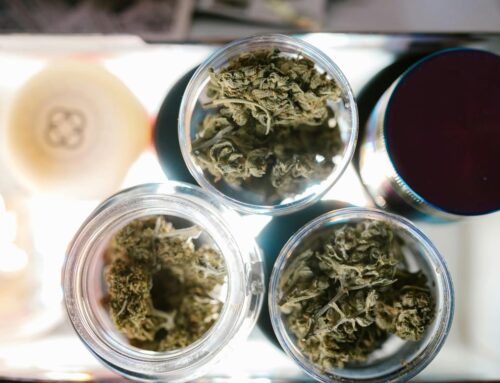Prediction: Bitcoin Will Become a Reserve Currency
July 8, 2025
Gold has long been an asset that central bankers prefer to hold on their balance sheets. Today, with global finance digitizing by the month, an asset born entirely on the internet is now auditioning for the same role.
That asset is Bitcoin (BTC 1.09%), and the audition is getting very serious. In fact, I predict that sometime within the next 10 years, this coin will become a reserve asset that at least a few central banks around the world will aspire to hold for the long term.
There are a few things that clearly point toward a scenario where Bitcoin sits beside gold and U.S. Treasuries as an important reserve asset. Let’s see what makes this scenario likely, and why things look brighter than ever for the cryptocurrency’s future.
This asset is already walking the walk
A reserve asset must be reliably scarce, and this coin has that quality covered better than any other such asset.
Bitcoin’s supply is hard-capped at 21 million coins, and 93.3% of that total is already in circulation, leaving very little future dilution possible.
As with precious metals, substantial capital investment is required to mine the unexploited supply. But unlike in metals, with Bitcoin, there can be no fresh discovery that will boost output. That makes its supply even more reliably constrained than gold over the very long run.
Furthermore, its issuance falls by 50% roughly every four years in the halving, meaning the asset’s inflation rate trends toward zero on an automatic schedule. That sounds like something central bankers would appreciate, as it eliminates some of the need to rebalance the value of the holding due to any drift caused by inflation.
Another big plus is that a growing slice of that finite pile is migrating into sovereign and quasi-sovereign hands. Such holders are not apt to dump their holdings abruptly and cause volatility.

Image source: Getty Images.
Governments collectively hold 2.3% of all mined coins. That’s more than 463,000 Bitcoin, mostly sourced from seizures that authorities decided not to auction away. The floating supply shrinks further when corporations add coins to their treasuries or exchange-traded fund (ETF) sponsors warehouse inventory for retail buyers.
Scarcity is only half the story here. Neutrality is the other.
Bitcoin is not an asset with any regard for politics or sanctions lists in any specific country. For central banks managing currency volatility, that independence can be a hedge against counterparties weaponizing payment rails.
Gold does the same job, but moving bullion across borders is slow and expensive. A coin with digital scarcity and which clears in minutes is an upgrade that many policymakers will not ignore forever.
Everything is finally clicking into place
A reserve asset must be easy to hold in custody, and transparent to audit. That infrastructure is arriving fast for Bitcoin.
Custody is easier than ever. The Securities and Exchange Commission’s (SEC’s) reversal of its 2022 guidance this February freed Wall Street banks to hold digital assets without capital charges, opening the door for giants to compete for official-sector mandates.
Next come regulated wrappers. ETFs mean that central banks that are barred from trading on crypto exchanges can buy ETF shares as easily as they buy gold ETFs today. There are no more major barriers to access, whether by using a financial instrument or by buying the coin on-chain directly. This also ensures that the asset remains highly liquid across financial systems, another desirable trait for a reserve asset.
The clearest signal that Bitcoin will be a reserve asset, however, comes from monetary authorities themselves.
In January, the Czech National Bank disclosed that it is studying a multi-billion-dollar Bitcoin allocation for its reserves, the first such public exploration by a Western central bank. Other central banks, like the one in Switzerland, have already ruled out onboarding the coin as a reserve asset. But even a pilot stake by one midsize central bank could pressure peers to craft a policy response, lest they appear unprepared if Bitcoin rallies sharply.
Of course, Bitcoin’s price can still whipsaw, and a coordinated crackdown by major economies would chill adoption. But the direction of travel is clear: More liquidity is here, as is more sovereign interest.
Assuming regulatory momentum stays positive and custody continues to institutionalize, Bitcoin’s jump from outsider money to a reserve asset looks less like science fiction and more like the natural progression of digital finance.
For investors, the implication is straightforward. Reserve demand is sticky and insensitive to day-to-day volatility. Gold purchased by central banks usually remains in their reserves for decades. A similar mindset would apply to Bitcoin.
That extra layer of permanent demand could tighten supply even more, driving the coin’s value higher over long timeframes.
Search
RECENT PRESS RELEASES
Related Post



